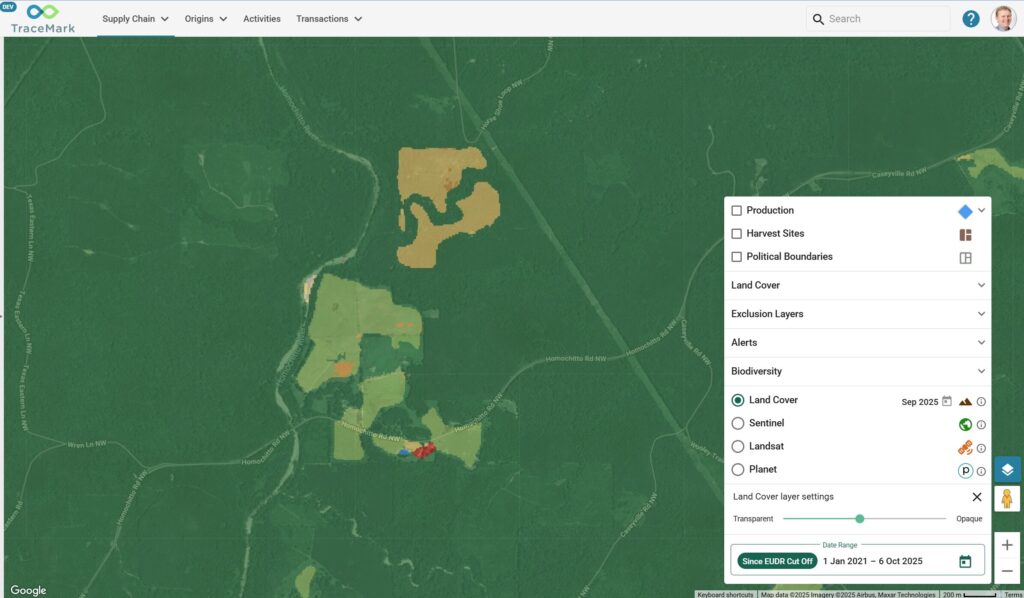How does asset tracking make your business more efficient?

If your company is dependent on a mobile workforce, you no doubt already use some form of a GPS for navigation, but did you know you can get more from it than just directions?
By enhancing maps with real-time asset tracking, businesses can achieve greater operational efficiency. When vehicles and drivers are operating smoothly, businesses suffer less downtime, less hassle and enjoy higher productivity and profits.
So can asset tracking help your business achieve greater operational efficiency? If you have a team of workers in the field, the answer is yes. For couriers, delivery companies, trucks, roadside assistance vehicles, taxis, emergency units and other mobile businesses, efficiencies arise from three key opportunities: route optimisation, mobile team management and better planning.
Route Optimisation
The times it takes to get from A to B can mean the difference between turning a profit for the job, or a loss. With maps, companies can harness the power of dynamic routing, making critical route changes on the fly when way points are added or removed and choose the most efficient route possible. Dynamic routing also takes into account live traffic conditions and makes recommendations on better routes.
Beyond the functions of a basic dispatch system, asset tracking empowers dispatchers and drivers with multiple layers of information, including non-spatial data for superior route optimisation and fleet management. The end result is a more efficient operation as decision-makers are equipped to:
- View and allocate field workers who are closest to the next job
- Assess the status of other assets: Is the closest field worker nearly finished their job or only just starting? Is it worth waiting to send them, or better to send someone else immediately?
- View current traffic conditions. Will roadworks or traffic incidents affect the route?
Spatial systems calculate the best route possible, saving money and reducing downtime.
Mobile team management
Managing mobile team members has never been easier than with a map, allowing you to see exactly where every team member is at any point in time. The information you glean from real-time monitoring helps you run your business more efficiently. No more wasted phone calls trying to track down field workers. No more lost customers due to poor communication. Instead:
- You’ll know if and when workers are running late, enabling you to inform customers of updated arrival times.
- You’ll see exactly where vehicles are located while driving to and from jobs.
- You can inform team members of alternative routes if unexpected traffic conditions arise en route.
From a compliance point of view, real time asset monitoring gives you insight into whether your team is doing right thing. Are they speeding? Are they sticking to their allocated route and job schedule? If not, you’ll have evidence that can aid you during a discussion.
Better Planning
Monitoring and reflecting on how asset tracking impacts day to day operations allows businesses to gather critical information about how to improve efficiencies into the future. For example, if one team is underperforming, it will be possible to analyse the reasons behind it and work to improve.
Dynamic routing, improved management, smarter distribution and informed allocation of workers are just some of the improvements that can evolve from continued use of asset tracking. Over time, these changes become the new normal and the baseline for improvement and forecasting.
Whether you already monitor your mobile team, or you’re completely new to location based technology, get in touch with NGIS to learn the benefits of asset tracking. We’ll show you how you can reduce downtime, eliminate redundancy, slash costs and boost profits with a more efficient mobile workforce.
Related Articles
Here are more related articles you may be interested in.







